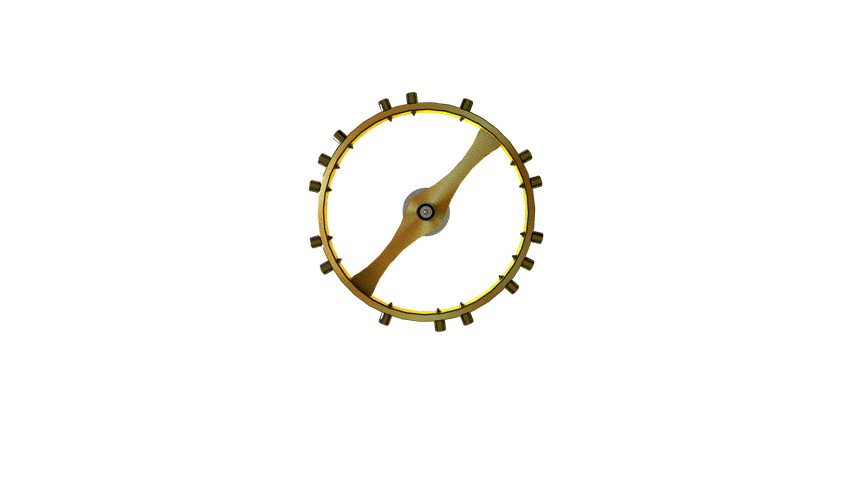AMPLITUDE

Amplitude represents the difference between the extreme values of a quantity (a wave). In measuring the rate and precision of a mechanical watch, amplitude indicates the angle travelled by the balance wheel from one extreme of its swing to the other. It is measured using a timegrapher (acoustic measurement) or, more rarely, with optical methods. The amplitude of a watch decreases as the energy the oscillator receives decreases. To ensure good accuracy, an amplitude as high as possible will reduce the influence of shocks and gravitational forces. However, the amplitude of a balance spring is limited by its construction (maximum 280°-300° depending on the lift angle). Beyond these values, a phenomenon known as “rebanking” causes the oscillator to overrun, resulting in significant time gain.
